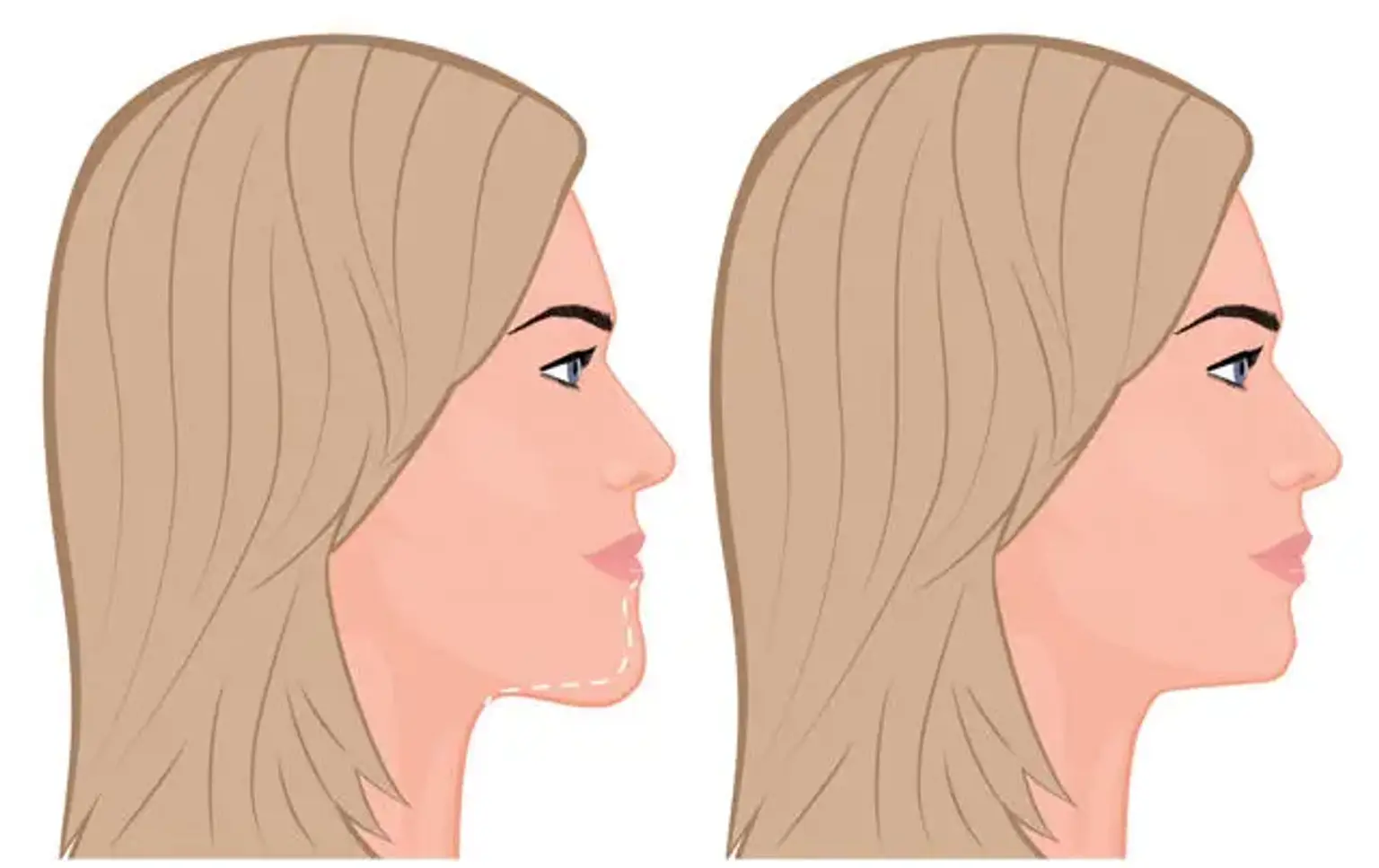Introduction
Chin reduction surgery, also known as chin reshaping or jawline contouring, has gained popularity as a cosmetic procedure that enhances facial aesthetics. For individuals who feel that their chin is too prominent or misaligned with the rest of their face, chin reduction can offer a more balanced and harmonious look. This procedure is becoming increasingly common, not only for cosmetic reasons but also to help improve self-esteem and confidence.
Whether it’s for addressing a double chin, improving the jawline, or reshaping the overall facial profile, chin reduction surgery can be tailored to suit individual needs. This article explores the details of chin reduction surgery, from the various techniques available to the recovery process, helping you understand if it's the right choice for you.
What is Chin Reduction Surgery?
Chin reduction surgery involves modifying the chin to achieve a more aesthetically pleasing and balanced facial appearance. There are several methods used, depending on the desired outcome:
Chin Liposuction: This method is ideal for patients with excess fat under the chin. Liposuction removes the fat, providing a slimmer profile and better-defined jawline.
Genioplasty: This involves repositioning the chin bone to improve its shape and size. It’s typically recommended for those with a protruding chin or facial asymmetry.
Chin Bone Reduction: This procedure focuses on reducing the size of the chin bone itself, providing a more refined look.
Each technique is customized based on the patient's unique facial features, and often, multiple methods may be combined to achieve optimal results.
